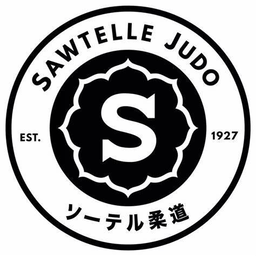Our objective in practicing Nagekomi and Randori is to perfect your Judo technique. Randori is not a tournament match for a Gold medal.
When you throw someone during Nagekomi or Randori, hold onto your uke’s sleeve or lapel so they can do their ukemi and protect themselves. For Torii, you must control your uke’s fall for their safety. Moreover, during competition, if you don’t maintain control of your uke’s fall after throwing them, you may not receive a score, be unable to perform, or lose the opportunity to perform Osaekomi. Shimewaza or Kansetsu-waza immediately.
We prohibit a series of techniques outlined in our enrollment form during practice. This is for your safety and our membership.
Stay standing after executing your Tachiwaza (standing techniques).
No head diving. Nobody wants a broken neck.
No “double-knee” Seoi Nage. There is no need to give someone a headache or be a pain in the neck.
Landing directly on someone’s ribs and chest after throwing them into Osaekomi. Broken ribs make it difficult for someone to do things we take for granted, like breathing, sleeping, walking, driving to work, and sitting and working eight hours.
From our enrollment form:
SECTION 10: PROHIBITED TECHNIQUES
All techniques and behaviors banned by the International Judo Federation, USA Judo, and Nanka Judo Yudanshakai will not be tolerated at Sawtelle Judo Dojo. This especially applies to those with previous martial arts or wrestling experience who may have been taught specific techniques.
For IJF rules, please read IJF SOR, Sport and Organization Rules.
Beyond the IJF rules, here at Sawtelle, we ban following throwing processes and methods.
• Kinshi-Waza-these are already prohibited techniques by the IJF.
– Ashi-Garami (足緘), Do-Jime (胴絞), Kani-Basami (蟹挟), Kawazu-Gake (河津掛)
• Any throwing technique that uses the arm or arms to wrap around the neck or the head and has a chance of driving the head into the ground or the Torii landing on top of Uke. Examples are Koshi Guruma, “Drop Knee” Seoi Nage, or “Guillotine” headlock.
• Any throwing processes that lock the ankle, knee, or hip joints and pull the Uke into the ground using your body weight.
Examples are Tani Otoshi, Ura Nage, Yagura Gaeshi, and Kari Gaeshi.
• Any throwing processes with a chance of Torii falling over Uke. This includes all Makikomi derivatives, such as Harai Makikomi, Soto Makikomi, and Hane Makikomi.
• Any throwing processes that Torii throws backward, sideways, or forward cause the Uke to fall directly on the head or to inhibit the Uke from performing Ukemi. Examples are Ura Nage, Daki Age or Yagura Nage.


Leave a Reply